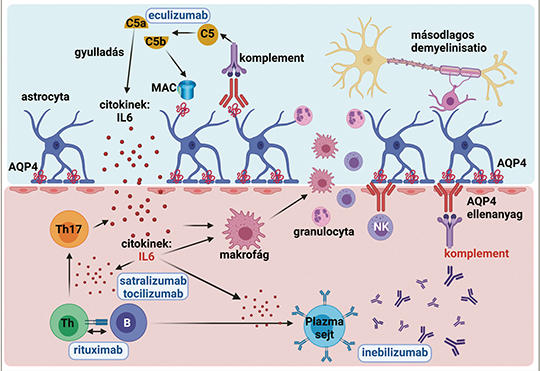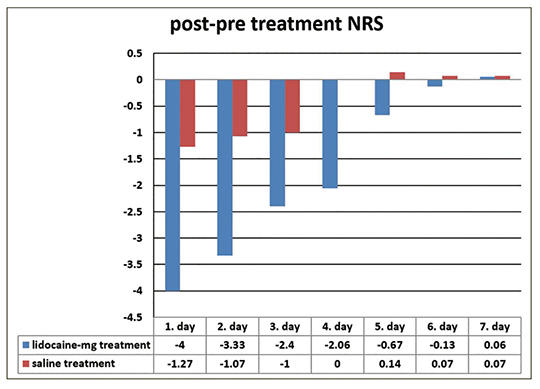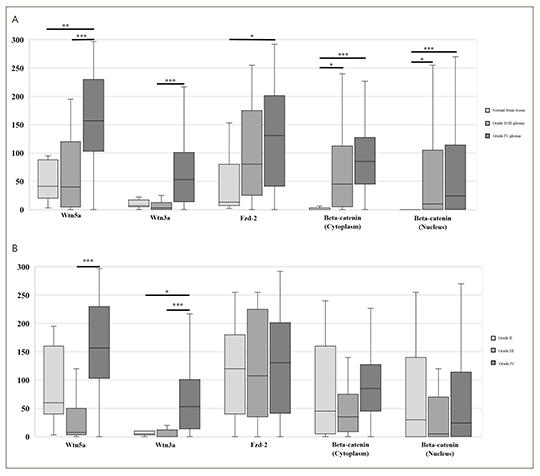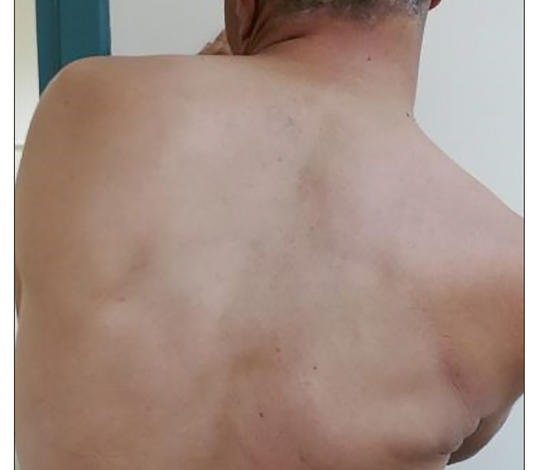The eLitMed.hu medical portal uses computer cookies for convenient operation. Detailed information can be found in the Cookie-policy.
Clinical Neuroscience - 2021;74(09-10)
Content
[Mentalizing deficit among patients with traumatic brain injury ]
[Mentalization or theory of mind as an aspect of our social cognition, is our ability to infer mental states of others (intentions, desires, thoughts, emotions) and to predict their behavior accordingly. This function significantly affects our participation and orientation in the social world and plays an important role in conversational situations, social interactions, social integration and adaptation. The brain regions that serve as the basis for mind-reading function can be damaged as a consequence of traumatic brain injury, which frequently occurs among the younger population. Traumatic brain injury can cause focal or diffuse cerebral injuries, often leading to theory of mind deficit. In this topic such publications were researched that compared theory of mind ability between traumatic brain injury patients and control subjects (comparative case-control studies). We searched for the studies in the following internet based/online databases: PubMed, Web of Science, ScienceDirect, Google Scholar, APA PsycNET (PsycARTICLES) and EBSCO Host. The search was performed using the following key word combinations: theory of mind or mentalizing or social cognition AND traumatic brain injury or head/brain injury or diffuse axonal injury. Based on the results of the included and processed studies (21 pc), traumatic brain injury often leads to mentalization deficit with different severity. With this present review we aim to draw attention to the fact that the appearance and severity of mind reading dysfunction can considerably affect the outcome of the disease, the length of rehabilitation time and the prognosis of traumatic brain injury patients. Besides this, with this review, we aim to take sides in whether theory of mind ability is domain-specific or domian-general based on studies including traumatic brain injury patients.]
[Treatment and new evidences in neuromyelitis optica spectrum disorder ]
[Treatment and new evidences in neuromyelitis optica spectrum disorder Illés Zs, MD, PhD Ideggyogy Sz 2021;74(9–10):309–321. Neuromyelitis optica spectrum disorder (NMOSD) is associated with antibodies against AQP4 in about 80% of the cases. In about one-fourth of seronegative cases, antibodies against the MOG protein are present in the serum (MOG-antibody associated disease, MOGAD). This article discusses off-label azathioprine and mycophenolate mofetil in the treatment of NMOSD and reviews the evidence-based clinical aspects of B/plasma cell depletion, antagonization of IL-6 signaling and blocking the complement pathway. The review also summarizes basic aspects of NMOSD pregnancy focusing on treatment, and the different therapeutic approach in MOGAD. In the recent two years, phase 3 clinical trials provided class I evidence for the efficacy and safety of rituximab (anti-CD20), inebilizumab (anti-CD19), tocilizumab (anti-IL6R), satralizumab (anti-IL6R), and eculizumab (anti-C5) in combination with other immunosuppressants or in monotherapy. The treatment approach in MOGAD is complicated by the monophasic course in about half of the cases and by the potential disappearance of MOG antibody. The necessity of maintenance treatment in MOGAD should be decided after tapered oral steroid. Immunosuppression is recommended in NMOSD during pregnancy and lactation, and this should be considered for optimal selection of treatment in fertile female patients. The new monoclonal antibodies broadened treatment options NMOSD, and the treatment strategy of MOGAD has become more straightforward.]
Medication overuse headache: The effectivity of iv lidocaine – magnesium
The detoxification process in medication overuse headache is the most difficult process for the patient. We aimed to investigate the effectiveness of the combination of low dose IV lidocaine and magnesium (100 mg lidocaine and 1.25 mg magnesium) in patients with medication overuse headache during the detoxification process. A total of 30 patients were included in the study; 15 received 24 hours of IV hydration, 15 received 1-hour lidocaine-magnesium infusion at the onset of pain in addition to the 24 hours of IV hydration. Headache severity (numeric rating scale, NRS), attack durations, onset of headache, monthly analgesic/triptan intakes, numbers of monthly headache days data were documented. We evaluated the severity of headache before and after daily treatment of two groups for one week. When both groups were compared, there was no significant difference in the pre-treatment NRS values, whereas, in the group receiving IV lidocaine-magnesium combination, there was a statistically significant decrease in the post-treatment NRS values in the first five days (p <0.05). An 1-hour combined infusion of lidocaine-magnesium may be considered as an alternative option for the patient to have a more quality detoxification process during the hospital stay, so that in parallel to the reduction in the use of multiple treatments (such as neuroleptics, benzodiazepines, antiemetics and opioids) and duration length of stay, the economic costs can also be reduced. The administration of combination will bring fewer side effects compared to their administration separately.
[Is the implementation of Vojta therapy associated with faster gross motor development in children with cerebral palsy? ]
[Vojta therapy has been reported as clinically beneficial for strength, movement and gross motor activities in individual cases and is being included within the second of three levels of evidence in interventions for cerebral palsy. The goal of this study is to understand the effect of Vojta therapy on the gross motor function. Our clinical trial followed a one group, pre-post design to quantify rates of changes in GMFM-88 after a two-months period undergoing Vojta therapy. A total of 16 patients were recruited. Post-intervention acceleration rates of GMFM-88-items acquisition (0.005; p<0.001) and Locomotor Stages (1.063; p<0.0001) increased significatively following Vojta therapy intervention. In this study, Vojta therapy has shown to accelerate the acquisition of GMFM-88-items and Locomotor Stages in children with cerebral palsy younger than 18 months. Because functional training was not utilised, and other non-Vojta therapy intervention did not influence the outcome, Vojta therapy seems to activate the postural control required to achieve uncompleted GMFM-88-items. ]
[The examination of burnout among healthcare workers]
[Health reforms in recent decades have been largely based on economic considerations and have led to a significant problem in the sector today, with the issue of human resources being pushed back, which is exacerbated by burnout syndrome. The aim of this questionnaire-based study was to examine the complex background of burnout among health care workers in the cities of Komló, Pécs and Kecskemét. Baseline demographic data were recorded. Burnout was assessed by the Maslach Burnout Inventory (MBI), and the intensity of dysfunctional attitudes were also studied. Depression was detected by the Beck Scale and social supports, and effort-reward dysbalance were also examined. Overall 411 employees participated in our study. Age group distribution was middle aged access, vast majority of the workers was between 36 and 55 years. Mean burnout scale was 58.6 (SD = 16.3), 63 workers had mild (14.2%), 356 had moderate (80.7%) and 22 had severe (5.1%) burnout. In a multivariate analysis the type of work (OR = 1.018), age (OR = 2.514), marital status (OR = 1.148), job type (OR = 1.246) the lack of social support (OR = 1.189) and allowance (OR = 9.719) were independently associated with burnout (p < 0.05 in all cases). There was a significant association among burnout, depression and dysfunctional attitudes. The vast majority of our social workers suffered from moderate and a small, but significant proportion suffered from severe burnout. Our work draws attention to the modifiable and unmodifiable risk factors of burnout in this population, which may help in the development of preventive strategies.]
Wnt pathway markers in low-grade and high-grade gliomas
Aberrant activation of the Wnt pathway contributes to differentiation and maintenance of cancer stem cells underlying gliomagenesis. The aim of our research was to determine as to what degrees some Wnt markers are expressed in gliomas of different grades, lineages and molecular subtypes. Nine grade II, 10 grade III and 72 grade IV surgically removed, formalin-fixed paraffin-embedded glioma specimens were included. Mutation status of IDH1 codon 132 was defined by immunohistochemistry and pyrosequencing in all tumors. Grade II and III astrocytic and oligodendroglial tumors were further tested for the expression of p53 and ATRX by immunohistochemistry, and codeletion of 1p19q by fluorescent in situ hybridization. Expression levels of the non-canonical Wnt5a and Fzd2, and the canonical Wnt3a and beta-catenin Wnt pathway markers were determined by immunohistochemistry, and compared between subgroups stratified according to grade, lineage and the presence or absence of IDH1 R132H/C mutations. In the normal brain – grade II-IV glioma comparisons, a gradual increase was observed for the expressions of Wnt5a, Wnt3a, Fzd2 and beta-catenin. In the astroglial and oligodendroglial lineages of grade II and III gliomas, only the Wnt5a expression was significantly higher in the astroglial subgroup. Stratification according to the IDH1 status resulted in a significant increase of the Wnt3 expression in the wild type grade II-IV gliomas. These data extend previous observations and show a correlation of Wnt pathway activity with glioma grade. Further investigations of the Wnt marker expression regulation according to glioma lineage or IDH gene mutational status are in progress by using more exact molecular approaches.
Chronic form of Pisa syndrome after prolonged exposure to low-dose amisulpride treatment
Pisa syndrome is a movement problem defined by tonic, sustained lateral flexion with a slight posterior rotation of the trunk. It seems to be a side effect of antipsychotic medicine in most cases. The clinical duration of Pisa syndrome can be acute, chronic, or recurrent. As far as we know, no reports are available in the literature on the chronic form of Pisa syndrome caused by low-dose amisulpride. A case of refractory tardive dystonia form of Pisa syndrome during treatment with stable low-dose amisulpride is presented in this report. Long-term, low-dosage amisulpride therapy may induce tardive dystonia even in patients with no other risk factors for dystonia.
1.
Clinical Neuroscience
[Headache registry in Szeged: Experiences regarding to migraine patients]2.
Clinical Neuroscience
[The new target population of stroke awareness campaign: Kindergarten students ]3.
Clinical Neuroscience
Is there any difference in mortality rates of atrial fibrillation detected before or after ischemic stroke?4.
Clinical Neuroscience
Factors influencing the level of stigma in Parkinson’s disease in western Turkey5.
Clinical Neuroscience
[The effects of demographic and clinical factors on the severity of poststroke aphasia]1.
2.
3.
4.
5.









